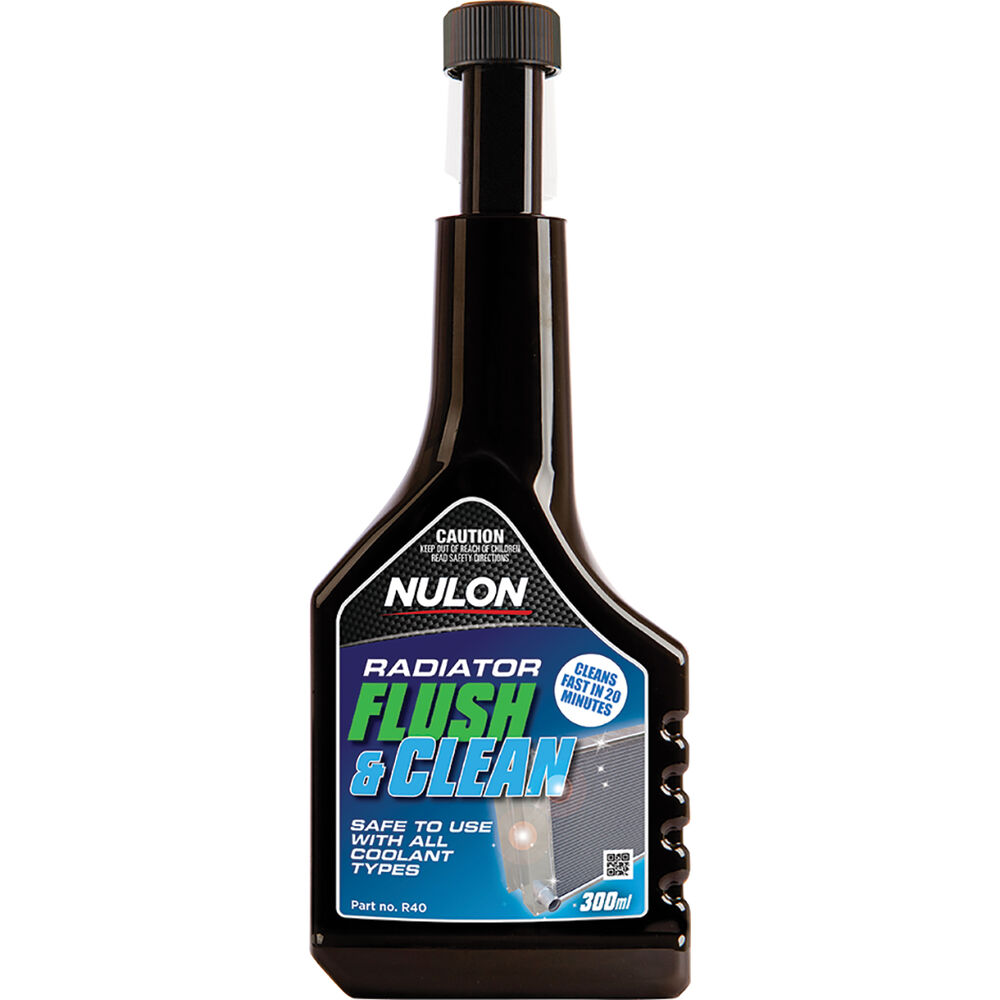Understanding Engine Coolant
Engine coolant, often referred to as antifreeze, is a fluid that plays a crucial role in regulating your engine’s temperature. It’s typically a mixture of distilled water and antifreeze, with the ratio varying based on factors like your vehicle’s make and model, driving conditions, manufacturer’s recommendations, and the type of coolant used. Coolants come in various colours, so it’s important to consult your owner’s manual to find the right one for your car.
Most coolant contains a base of a chemical called Mono Ethylene Glycol (MEG) or a slightly less toxic version known as Mono Propylene Glycol (MPG). These chemicals are blended with special additives that act as corrosion inhibitors. Without these additives, the metal parts in your car’s cooling system would rust, corrode, and deteriorate. These additives also help maintain the pH level of the coolant, preventing it from becoming too acidic.
Coolant Flush: What Is It?

A coolant flush, also called a radiator flush, involves removing the old, contaminated coolant from your vehicle’s system. It’s then replaced with a fresh mixture, typically comprising of hot water and special chemical known as radiator flush. This process may be repeated until all contaminants are eliminated. After the flush, a new 50/50 mixture (or the recommended blend for your specific vehicle) is added to your radiator.
During a coolant flush, the service technician also inspects the radiator’s exterior fins, checks the hoses, connections, and examines the radiator cap for signs of wear or damage.

Benefits of a Coolant Flush
- Removes Contaminants: A flush eliminates scale deposits, rust particles, and other impurities from your cooling system, enhancing its efficiency.
- Lubricates the Water Pump: New coolant serves as a lubricant for the water pump, extending its lifespan.
- Leak Detection: Pressure tests are conducted to identify any leaks in the cooling system.
- Maintains pH Levels: A flush ensures that the pH level of the coolant remains in the optimal range, preventing it from becoming too acidic.
- Regulates Engine Temperature: By maintaining a proper engine temperature, a coolant flush contributes to your engine’s overall health and longevity.

When to Change Your Engine Coolant
To determine when to change your engine coolant, start by consulting your owner’s manual. If you’ve surpassed the recommended mileage for a coolant flush, it’s time to schedule one. If you’re not there yet, consider having your mechanic check the pH level of your coolant. If it’s too acidic, a coolant flush is recommended. Investing in preventative maintenance today can save you time and money in the long run, ensuring your engine stays cool and efficient especially in the lead up to the Christmas holidays

